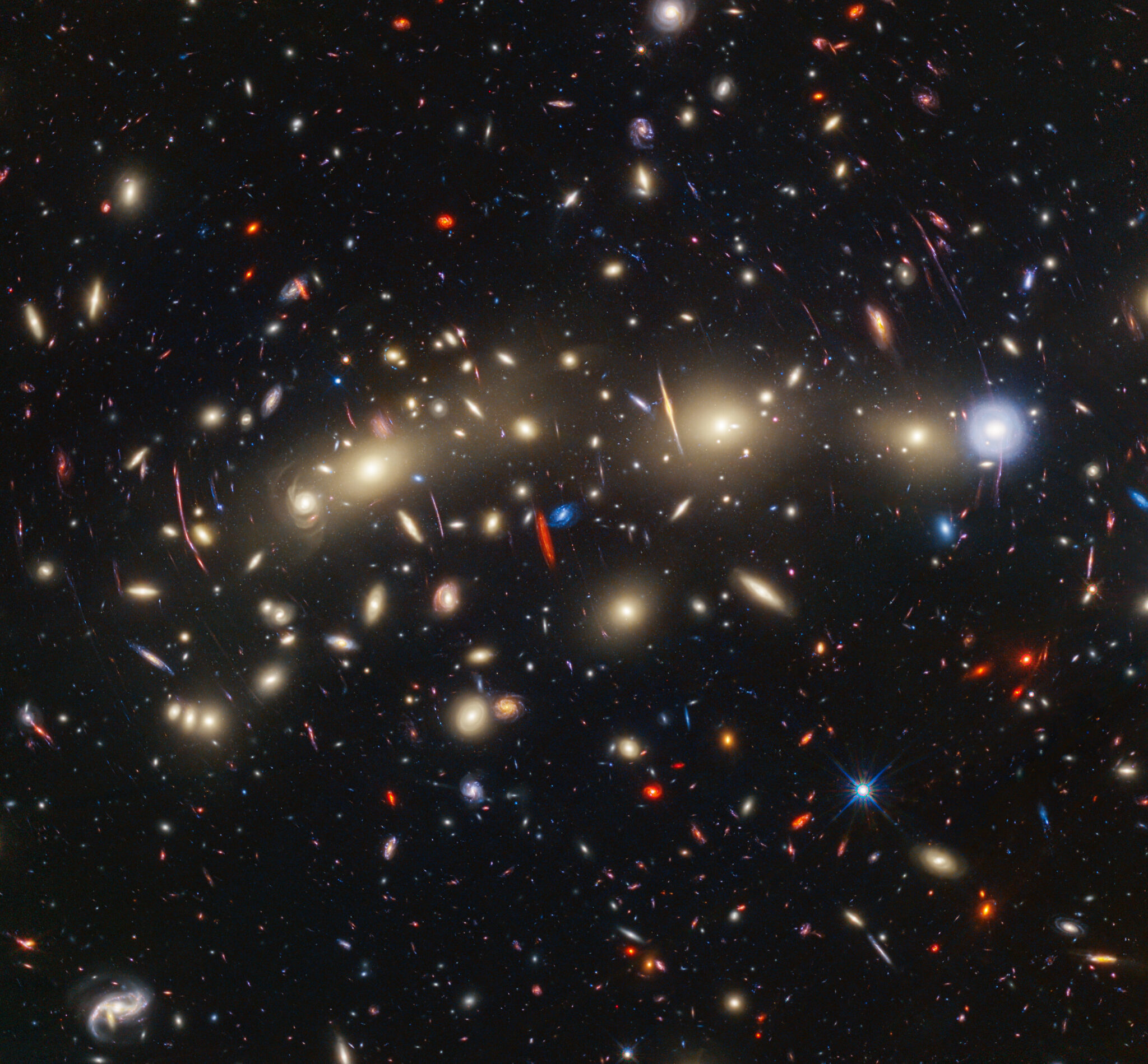Astronomers have discovered carbon in a galaxy that formed 350 million years after the Big Bang. The discovery indicates the possibility of the existence of conditions for the origin of life almost immediately after the appearance of the first galaxies in the universe.

Observations by the James Webb Space Telescope showed that a significant amount of carbon was released during supernova explosions of the first generation of stars. Carbon, important for the formation of the first planets and life, was considered a rarity in the early universe.
Professor Roberto Maiolino from the University of Cambridge noted that the discovery of a key element for the origin of life at such an early period of the universe was a huge scientific breakthrough. The discovery of large amounts of carbon in a distant galaxy hints at the possibility of early life in the universe much earlier than scientists thought.
Early Universe
The early stages of the universe consisted mainly of hydrogen, helium and a little lithium. Other elements, including those that formed the Earth and humans, formed in stars and were released during supernova explosions. With each new generation of stars, the universe was enriched with heavier elements, which allowed rocky planets to form and created more favorable conditions for the origin of life.
Carbon, capable of clumping into dust in disks around stars, turned into the first planets. Previously, it was believed that carbon enrichment occurred only 1 billion years after the Big Bang. But recent studies indicate the presence of carbon after 350 million years, which indicates its rapid release in first-generation supernovae.
This does not change the time of the origin of life on Earth about 3.7 billion years ago. But it indicates that conditions for life in other parts of the universe could have appeared much earlier. By analyzing how and when the first metals were formed inside stars, it is possible to establish a time frame for the first steps towards the formation of life.
Old galaxy with the “bricks” of life
The discovered galaxy is the fifth most distant. It is small and compact, about 100,000 times smaller than the Milky Way. Scientists suggest that this galaxy has evolved over time into something much larger with the size of the Milky Way, and is already quite massive for its age.
Analysis of the light spectrum from the galaxy revealed carbon and tentatively oxygen and neon. This indicates that the key elements for life already existed in the early universe.
Earlier, we reported on how artifacts from the distant past were found in the lonely neighbor of the Milky Way.
According to theguardian.com


